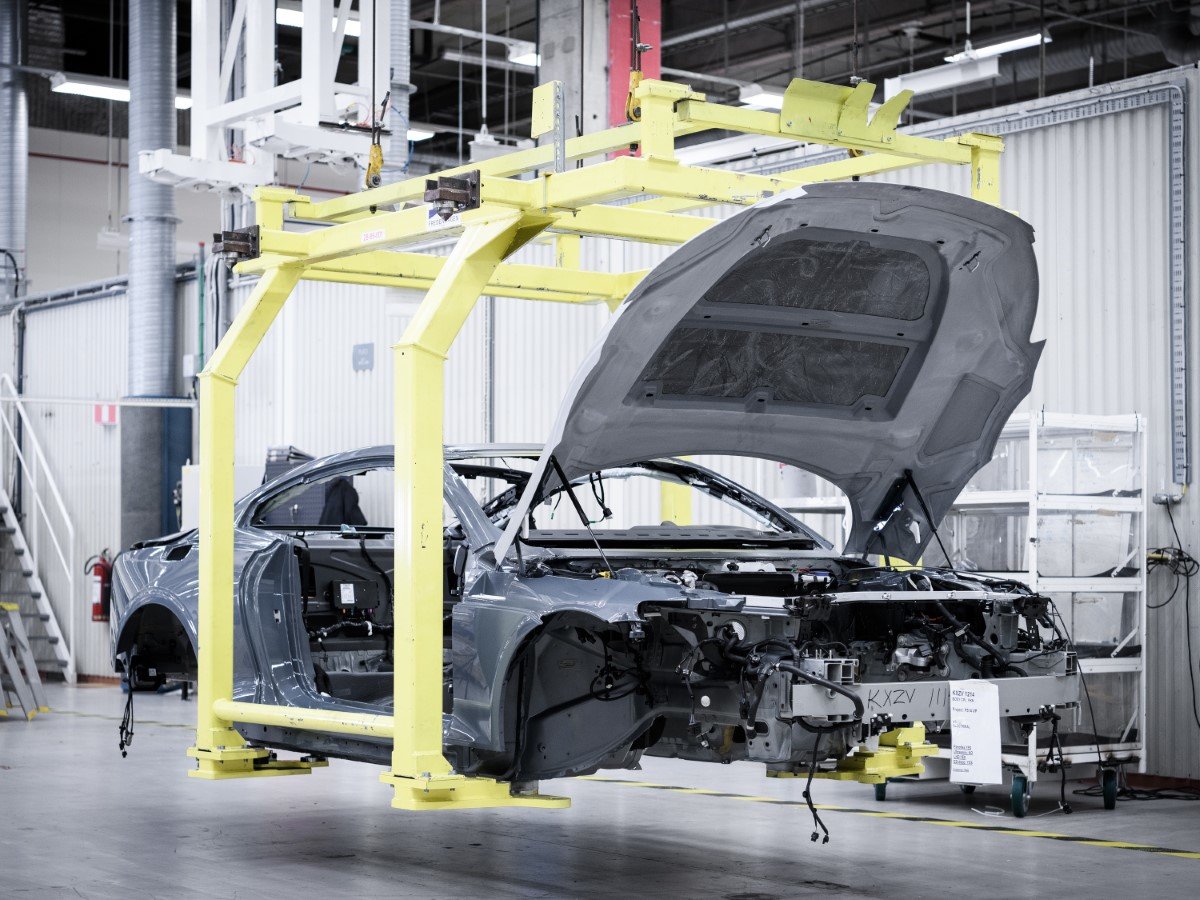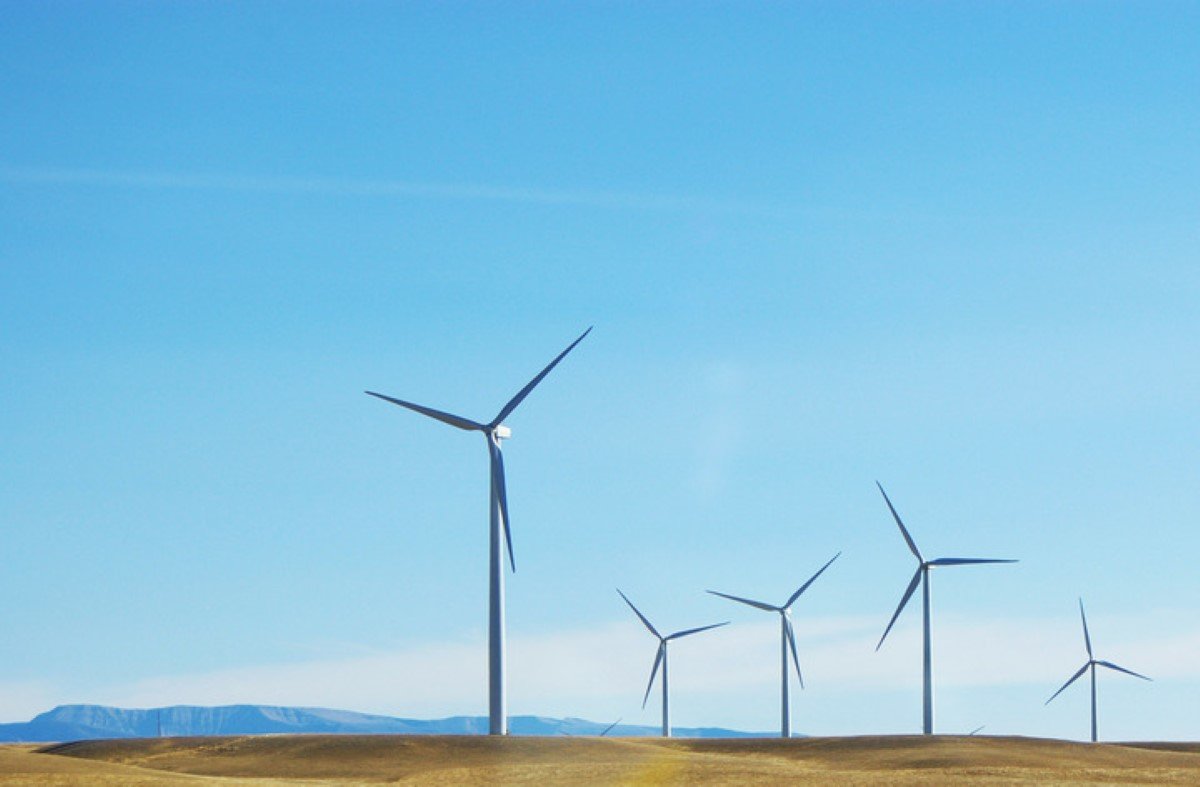Is keeping an old car on the road greener than buying a new zero emissions car? It's a question that's been debated since well before electric vehicles (EVs) became mainstream. But with battery vehicles now the norm, and with sales of new petrol and diesel cars set to be banned by 2030, it’s a more pertinent question than ever.
Sadly, there’s no simple answer, but a good place to start is the environmental burden of a new electric car.
What’s Greener: A Used Car Or A New Electric Vehicle?
- How Much Energy is Used to Create a New EV?
- How Does that Compare to a Regular Car?
- What About the Source of the Electricity?
- But Surely Battery Production Will Become Cleaner in the Future?
- What Should I Choose to be Green: A New EV or a Used Petrol Car?
- So I Should Buy a Used Car?

How Much Energy is Used to Create a New EV?
Of all the components that make up an electric car, the battery is inevitably the biggest evil. Estimates vary, but according to a 2018 report carried out for the European Environment Agency, producing a 24kWh lithium-ion battery accounts for four tonnes of greenhouse gas emissions. That's between 33% and 44% of the total 10-tonne burden of manufacturing an electric car.
Over the course of its entire life span, including manufacture, electricity for running and end-of-life recycling (both battery recycling and recycling of other componentry as well) and disposal treatment, the report estimates that a 24kWh EV will be responsible for just over 20 tonnes of greenhouse gases.
How Does that Compare to a Regular Car?
By comparison, the total life emissions of an equivalent new petrol vehicle doing 58mpg would be responsible for 27.5 tonnes assuming that both covered 150,000km (93,206 miles) in Europe. For the internal combustion engine (ICE) car, some 20 tonnes of that is accounted for in the burning and transport of fossil fuels. An electric car in Europe was estimated to emit eight tonnes of greenhouse gasses over the same distance.
Automaker Polestar suggests that the manufacturing burden for a battery electric vehicle may be higher than that. A 2020 report by the Swedish brand states that manufacturing its Polestar 2 (which has a bigger 78kWh battery than the 24kWh unit used in the EEA report, and thus, a long range) is accountable for 26 tonnes of carbon emissions: “a larger footprint in the manufacturing phase [than a petrol Volvo XC40], mainly due to the energy-intensive battery production process.” However, Polestar calculates that the lower emissions output of the EV from the moment it rolls out of the factory means that “the fossil fuel car surpasses the EV in total carbon dioxide emissions after 78,000km [48,467 miles] of driving.”

What About the Source of the Electricity?
The figure for the source of the electricity is calculated assuming green electricity usage, meaning a lower carbon intensity (the amount of CO2 emitted in producing power) for that electricity. So, that figure will be higher if a user doesn’t use one of the many renewable energy providers to recharge their electric car batteries. The UK’s mains power has been more than 50% renewable since 2019, and 2020 was the greenest year yet, with nearly 59% of the power coming from the electricity grid coming from wind- and solar power. Coal generated only 1.6% of the electricity used in 2020, compared to 25% just five years previously. The National Grid maintains that the trend of increased renewable energy sources means it is on course to have a carbon-free mains electricity system by the end of 2025.
But Surely Battery Production Will Become Cleaner in the Future?
There's no doubt that battery production will become cleaner in the future: in fact, it already has. The EEA report points out that, if the Tesla Gigafactory 1 is self-sufficient in the energy it uses to produce EV batteries, as the California company proposes, “it may reduce battery cell production impacts by up to 50% compared to cells produced in South Korea, China, and Japan.” BMW is also taking big steps to achieve more ethical and environmentally-friendly battery manufacturing. As of 2020, it sources all of the cobalt it requires from Morocco and Australia, and the company also intends to get to a point where 90% of the precious metals in its batteries is recycled for use in new batteries, with the rest going to stationary power storage where possible.
Other companies take a different tack. Renault-Nissan, for instance, is working on solid state, cobalt-free batteries, which the company hopes will be in use in just a few short years.

What Should I Choose to be Green: A New EV or a Used Petrol Car?
Back to the question at hand, we’ve ascertained that new EVs have a comparably huge production burden, but are greener than new petrol or diesel cars over an identical life cycle once the break-even point has been reached. This is thanks to lower on-road emissions, and they're set to get greener still. But how does that stack up next to a healthy, existing gas-powered car?
In many ways, keeping an old car on the road is indeed the greener option. After all, it’s an instant win; you’re saving a huge portion of a car’s whole-life emissions by effectively cutting out the production burden, and the consumption of all the raw materials and power usage that goes with it.
If we take those EEA report figures, then the production, transport and combustion of petrol in a 58mpg vehicle, and its maintenance, is responsible for some 0.23 tonnes of greenhouse gases per 1,000 miles. That’s excluding the initial carbon footprint created in production, since the car already exists and is in use.
As we’ve mentioned, the same EEA report estimates the total CO2 burden of an EV produced and run in Europe to be just over 20 tonnes. However, without wishing to turn this into an elaborate GCSE maths scenario, the reality is that most EVs today use much bigger batteries than the 24kWh pack assumed in this data. So, we’ve doubled the four-tonne emissions burden of battery production stated in the EEA’s data, therefore assuming an eight tonne battery production burden for a 48kWh lithium-ion EV instead. This takes the total lifecycle emissions, including manufacturing, to run an EV over 150,000km (93,205 miles) on European mains grid electricity to 24.5 tonnes. That equates to 0.26 tonnes per 1,000 miles – slightly more than the used petrol car.
To put it another way: if the manufacturing alone of that 48kWh EV alone is accountable for 14 tonnes of CO2 emissions (as per the EEA report), that same emissions burden could cover over 60,000 miles of use in an existing, second-hand car, assuming it were doing 58mpg. After that point, an EV’s vastly lower running emissions makes it the greener car.
And of course, here’s also the question of whether your view of sustainability and reducing your car’s environmental impact focuses solely on cutting CO2 emissions and slowing down climate change. For some people, the reduction of local pollutants to improve air quality will be just as important to their environmental conscience. Plug-in cars will certainly help with that thanks to their zero tailpipe emissions, and will inevitably contribute to a reduction in local air pollution.

So I Should Buy a Used Car?
There's a very strong case for a used car, even before you consider the other compelling aspects, which include a much cheaper purchase price, especially now that the early financial incentives and other various initiatives designed to encourage drivers into new EVs seem to be drying up all the time. Keeping an existing vehicle on the road and in use is, by any measure, a common-sense thing to do environmentally and economically.
However, it should be noted that there are various other factors that are impossible to quantify. To be fair to the EV, the 58mpg economy used in these figures is optimistic. Assuming a 38mpg economy, then it’s more like 39,000 miles of running in a fossil fuel car to offset the manufacturing burden of a 48kWh EV.
It's also impossible to take into account the ongoing improvements in mains grid electricity production, reduction in emissions from production of lithium-ion batteries, and potential changes in the energy efficiency of battery tech in the future, all of which should see the whole life burden of an EV drop significantly.
In truth, no matter how much better the manufacturing and electricity production may get, the greenest route of all is to buy a used EV and run it for as long as possible. Doing this, you’re looking at more like 0.12 tonnes of CO2 emission per 1,000 miles - around half that of an economical, used petrol or diesel car.
These figures are far from exhaustive, but they are as precise as it’s possible to be given the large amount of variables involved in any manufacturing scenario – EV or otherwise – and they give us a clearer idea of what we save by keeping an old ICE car on the road, rather than producing a new EV.
The short answer, then, is that buying used is greener, whether you buy petrol, diesel or EV. Unnecessary scrappage of vehicles is the enemy of any environmentalist, and the ideal is to keep existing cars on the road for as long as possible, before recycling them as efficiently as possible.
We need the brand new EV market to feed the used car forecourts, and the recent influx of longer-range new EVs is already making for much more appealing and varied used electric car prospects. But if keeping an old car on the road works best for you, rest assured that – for the time being at least – it can work for the planet, too.

